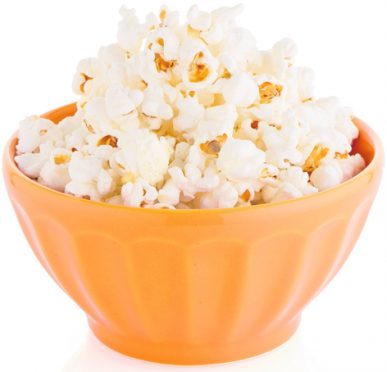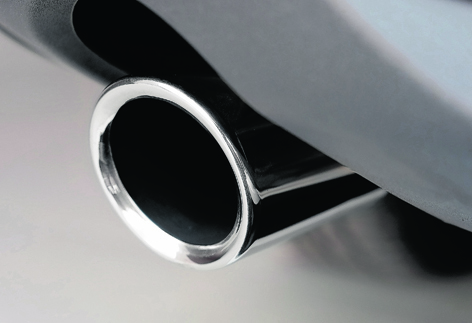Is there anything more mouth-watering than the aroma of bacon rashers sizzling under the grill?
However, if you’re keen to do all you possibly can to avoid cancer, you might want to reconsider those bacon butties – as well as ham, sausages and steak dinners.
According to the World Health Organisation (WHO), red meat is “probably” carcinogenic to humans, while cured and processed meat is carcinogenic, meaning bacon is now up there alongside cigarettes, arsenic and asbestos in the cancer-causing steaks (ahem).
The report, published by the WHO’s International Agency for Research on Cancer (IARC), explains that processed meats will now be categorised as group 1 carcinogens because of their relation
to bowel cancer, while eating large quantities of red meat has been
significantly linked to prostate and pancreatic cancer.
So, aside from your hallowed weekend fry-up, what other surprising carcinogens are out there? Here are nine other things – some of which might surprise you – that have been linked with cancer.
MICROWAVE BAGS OF POPCORN
It might be deemed a healthy snack, but according to the US Environmental Protection Agency (EPA), the lining in microwaveable bags of popcorn contain the carcinogenic acid, perfluorooctanoic. The easiest solution is to make your own popcorn using good old-fashioned corn kernels, shaken in a pan over a high temperature. It’ll save on rubbish too.
WORKING NIGHT SHIFTS
Working nights has been linked with higher rates of cancer, and while more research needs to be done, there are clear links between working shift patterns and increased cancer risks – particularly breast cancer. Maybe working nine to five does have its benefits after all.
ALCOHOL
Yep, not only can it leave you with a stinking hangover, guilt-ridden and shaky if you’ve overdone it; or a bit “tired” if you had a few glasses too many at dinner, alcohol is also a known carcinogen. Sorry, there’s no way round it. And fizzy drinks are just as willing to give you cancer too. Completely void of nutritional value and packed with chemicals, it has been found that two sparkling soft drinks a week can double the risk of pancreatic cancer, and one a day can increase prostate cancer rates by 40%.
PARASITIC WORMS
Coming into contact with the parasitic infection schistosomiasis – a nasty disease caused by parasitic worms found in freshwater snails in certain countries – can significantly increase your chances of developing bladder cancer. However, it is quite rare, and not known to currently be a problem in the UK.
SNUFF
We all know that smoking tobacco is dangerous for our health, but did you know chewing tobacco – otherwise known as snuff – can cause oral, oesophageal and pancreatic cancer too?
SUNBEDS
Many of us still see 20 minutes on the sunbed for a speedy tan top up before heading off on holiday as, well, normal. But cancer doesn’t discriminate between the harmful UV rays we are exposed to in sunlight, and the rays beamed down on us on a sunbed. Both boost your chances of developing skin cancer and instances of potentially life-threatening melanoma.
CAR FUMES
Hold your breath next time you head to the petrol station to fill up. Engine exhaust fumes, particularly diesel fumes, are defined by the American Cancer Society as carcinogenic to humans.
SALTED FISH
In China, rates of nasopharyngeal cancer – a rare type of head and neck cancer – are higher than anywhere else, and this has been linked to the fact that Cantonese-style salted fish (a known carcinogen) is a staple part of the region’s general diet. On the other hand, fresh fish and the omega-3 fatty acid it contains, has numerous health benefits; just leave out the salt.
INFECTIONS
To add insult to serious infection, people who suffer chronically from the Hepatitis B and Hepatitis C viruses – which affect the liver – as well as malaria, are far more susceptible to getting cancer.



